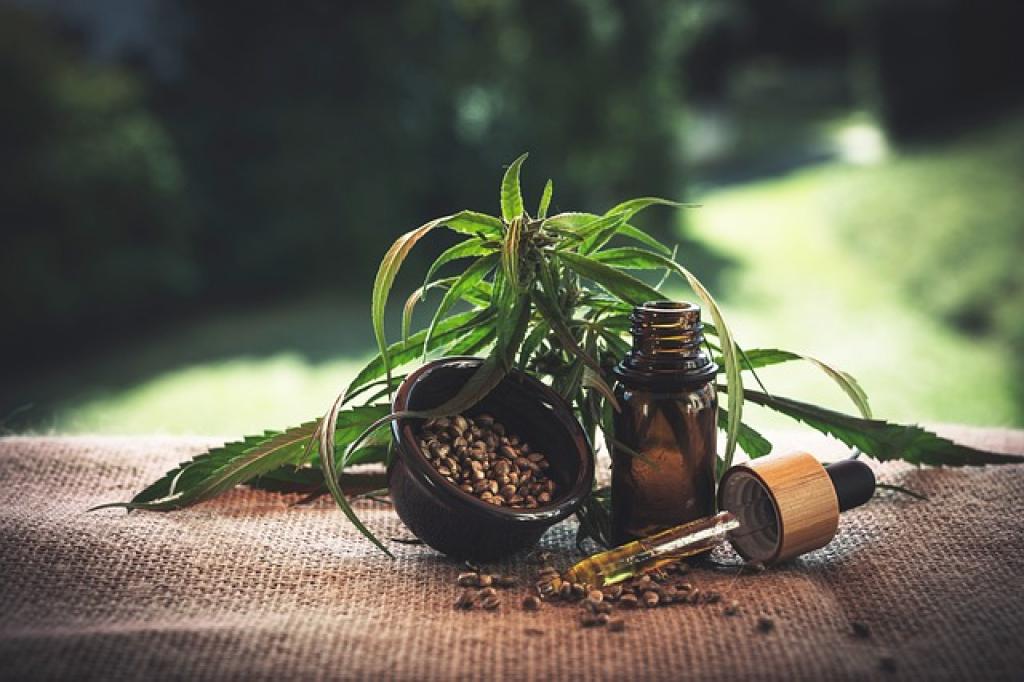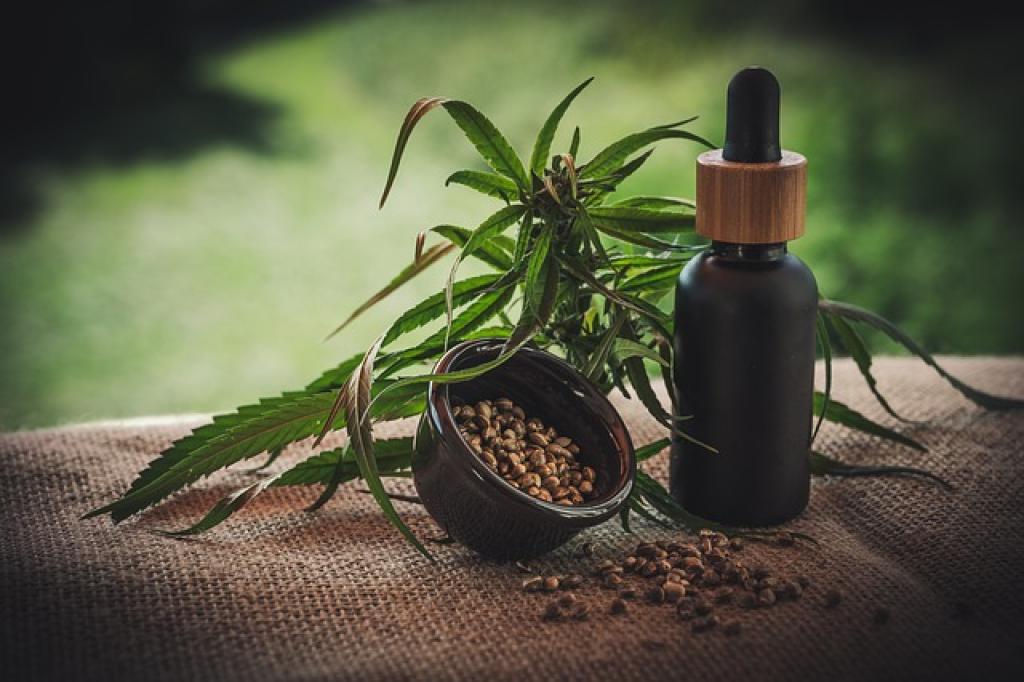Ever wondered how CBD goes from the hemp plant to the bottle on your shelf? One key player in this transformation is solvents. These chemical substances are essential for extracting CBD from the hemp plant, making sure you get the highest quality possible.
Different types of solvents can be used, each impacting the purity, flavor, and overall effectiveness of the final product. From CO2 to ethanol, each has its unique benefits and drawbacks.
Understanding how these solvents work can help you appreciate the complex process behind your favorite CBD products. Plus, you’ll be better equipped to choose the one that best suits your needs. Ready to dive in? Let’s explore the vital role solvents play in CBD extraction!
The Importance of Solvents in CBD Extraction
Solvents are the behind-the-scenes heroes in CBD extraction, making it possible to pull out the beneficial compounds from the hemp plant. By dissolving the plant material, solvents help separate CBD from other cannabinoids, terpenes, and impurities.
Ensuring Purity and Potency
The right solvent can ensure that the extracted CBD is pure and potent. High-quality solvents minimize contamination and preserve the integrity of CBD. This is crucial for delivering the full benefits of CBD, whether it’s for wellness, pain relief, or relaxation.
Different solvents perform differently. For example, CO2 is great for preserving terpenes and flavonoids, providing a well-rounded product. Ethanol, on the other hand, is effective but may sometimes pull out chlorophyll, affecting the taste.
Efficiency and Yield
Solvents also impact the efficiency and yield of the extraction process. A more efficient solvent means less waste and more CBD from each plant, making the process cost-effective and eco-friendly. This means you get the most out of every drop of CBD oil you use.
So, as you can see, solvents are not just another ingredient; they’re essential for ensuring the quality and effectiveness of CBD products.
Common Solvents Used in CBD Extraction Methods
When it comes to CBD extraction, there are a few go-to solvents that manufacturers rely on. Each has its own pros and cons, and understanding these can help you appreciate the complexities behind your CBD products.
CO2 (Carbon Dioxide)
CO2 is the superstar of CBD extraction. It’s safe, efficient, and produces high-quality CBD oil. The process uses supercritical CO2, meaning the CO2 is in a state between gas and liquid, which makes it an excellent solvent. This method often results in a product rich in cannabinoids and terpenes.
Ethanol
Ethanol is another common solvent, particularly favored for its ability to extract a broad spectrum of compounds. It’s effective and tends to result in higher yields. However, it might pull out chlorophyll, giving the oil a greenish hue and a stronger taste, which some people may not like.
Butane and Propane
Butane and propane are hydrocarbons that can efficiently extract CBD while preserving terpenes, leading to flavorful concentrates. Despite this, these solvents are flammable and require careful handling. Products made using these solvents should also be thoroughly purged to remove any residual solvent.
Olive Oil
Surprisingly, olive oil can also be used for CBD extraction. This method is simple and involves heating the olive oil and hemp together. It might not yield the most potent extract, but it’s a safe and natural option.
Each of these solvents plays a key role in the various extraction processes. Whether it’s the efficiency of CO2 or the simplicity of olive oil, each has its unique benefits in creating the CBD products you love.
Comparison of Different Solvents and Their Effects
Each solvent used in CBD extraction brings its own set of characteristics, impacting the final product in various ways. Let’s dive into how these solvents stack up against each other.
Efficiency and Yield
When it comes to efficiency and yield, CO2 extraction leads the pack. It can pull out almost every compound from the hemp plant, resulting in a robust, high-quality product. Ethanol is not too far behind, offering a good yield, though it might extract unwanted chlorophyll as well. Butane and propane also provide good yields but require meticulous purging to ensure no residues are left.
Safety Concerns
Safety is a major factor to consider. CO2 and ethanol are generally regarded as safe when properly used. CO2, in particular, is non-toxic and non-flammable, making it an excellent choice for large-scale operations. Ethanol is safe too but must be handled with care due to its flammability. Butane and propane, while effective, pose significant safety risks due to their highly flammable nature.
Flavor and Purity
If flavor is a priority for you, then the extraction method matters. CO2 extraction is known for preserving most of the terpenes, resulting in a flavorful and aromatic product. Butane and propane also do a great job of preserving terpenes but might leave behind traces of the solvents if not properly purged. Ethanol can sometimes extract chlorophyll, giving the oil a slightly different taste. Olive oil extraction, while simple, tends to produce a less concentrated and more perishable product.
Cost and Accessibility
Cost and accessibility also play a role in the choice of solvents. CO2 extraction systems are expensive and require sophisticated machinery, making it less accessible for small-scale operations. Ethanol is more affordable and easier to scale up. Olive oil is the cheapest and most accessible but is not suitable for commercial production due to its lower efficiency and yield.

Best Practices for Managing Solvents in CBD Extraction
Handling and managing solvents properly is crucial to ensure a safe and effective CBD extraction process. Here’s a quick rundown of best practices to keep in mind.
Proper Storage
Always store solvents in well-ventilated areas away from direct sunlight and heat sources. Make sure to use appropriate containers that are clearly labeled. Flammable solvents like ethanol, butane, and propane should be stored in flame-proof cabinets.
Use and Handling
When working with solvents, always wear protective gear such as gloves, goggles, and lab coats. Use extraction equipment in well-ventilated spaces to minimize inhalation risks. Ensure that all equipment is properly grounded to prevent static electricity from igniting flammable solvents.
Waste Disposal
Disposing of solvents safely is just as important as handling them. Never pour solvents down the drain or dispose of them in regular trash. Contact local hazardous waste disposal services to ensure that solvent waste is handled according to regulations.
Regular Maintenance
Cleaning and maintaining extraction equipment regularly can prevent residue buildup and equipment malfunctions. Schedule routine inspections and calibrations to ensure everything is functioning correctly and safely.
Training and Protocols
Make sure that everyone involved in the extraction process is properly trained in handling solvents. Develop and enforce strict protocols to minimize risks. Run regular safety drills to prepare for any emergency situations that may arise.
By following these best practices, you can ensure a safer working environment while optimizing the quality and yield of your CBD extraction process.
Ensuring Solvent Safety and Compliance in Extraction Processes
Safety and compliance are paramount when working with solvents in CBD extraction. Not only do they protect the team, but they also ensure that the final product meets regulatory standards.
First and foremost, familiarize yourself with local, state, and federal regulations regarding solvent use in CBD extraction. Regulations can vary widely, so it’s vital to be up-to-date and in compliance with all applicable laws.
Invest in proper ventilation and fire suppression systems to handle any potential solvent leaks or spills. Fire extinguishers rated for chemical fires should always be accessible, and all personnel should know how to use them.
Conduct regular safety audits and risk assessments to identify potential hazards in your extraction facility. Use these assessments to continuously improve your safety protocols.
Document all procedures and incidents meticulously. Having detailed records not only helps in maintaining compliance but also provides valuable information for improving your processes.
Install spill containment measures such as absorbent mats and spill kits. These can quickly address minor spills before they escalate into major issues.
Finally, encourage a culture of safety. Make sure everyone feels responsible for maintaining a safe environment. Regular meetings, training sessions, and open communication can foster a team-wide commitment to safety and compliance.
By prioritizing safety and compliance, you’re not only protecting your operation but also ensuring the highest quality CBD extracts.
The Bottom Line: Maximizing Efficiency and Quality in CBD Extraction
When it comes to CBD extraction, balancing efficiency and quality is absolutely crucial. The methods you choose, the equipment you invest in, and the safety measures you implement all play significant roles in your success.
Using advanced extraction techniques can help streamline your processes, saving you both time and resources. By investing in high-quality equipment, you’re not only enhancing your production capabilities but also ensuring consistency in your final product.
Safety and compliance shouldn’t be afterthoughts. These elements are essential, not just for meeting regulations, but for fostering a secure working environment. A commitment to safety can also boost your team’s morale and efficiency.
Regularly updating your knowledge and staying current with industry trends can offer insights and innovative solutions to improve your extraction processes. Continuous learning and adaptation are keys to staying competitive in this rapidly evolving field.
It’s also beneficial to cultivate a culture of quality within your team. Everyone should understand the importance of their role in maintaining high standards. Regular training sessions and open lines of communication can help achieve this.
In conclusion, by focusing on advanced methodologies, investing in quality equipment, and prioritizing safety and compliance, you can maximize both the efficiency and quality of your CBD extraction processes. This holistic approach will not only improve your output but also ensure the integrity and trustworthiness of your final product.






